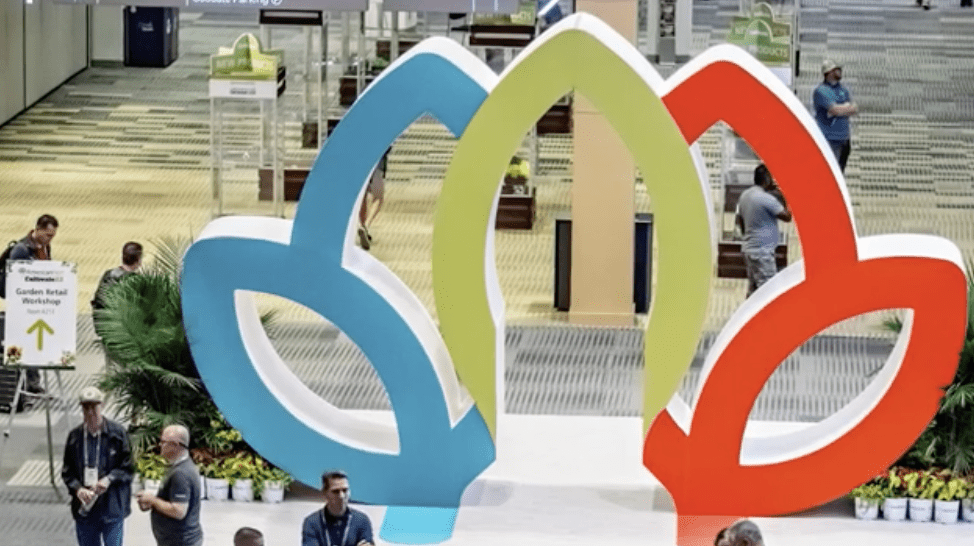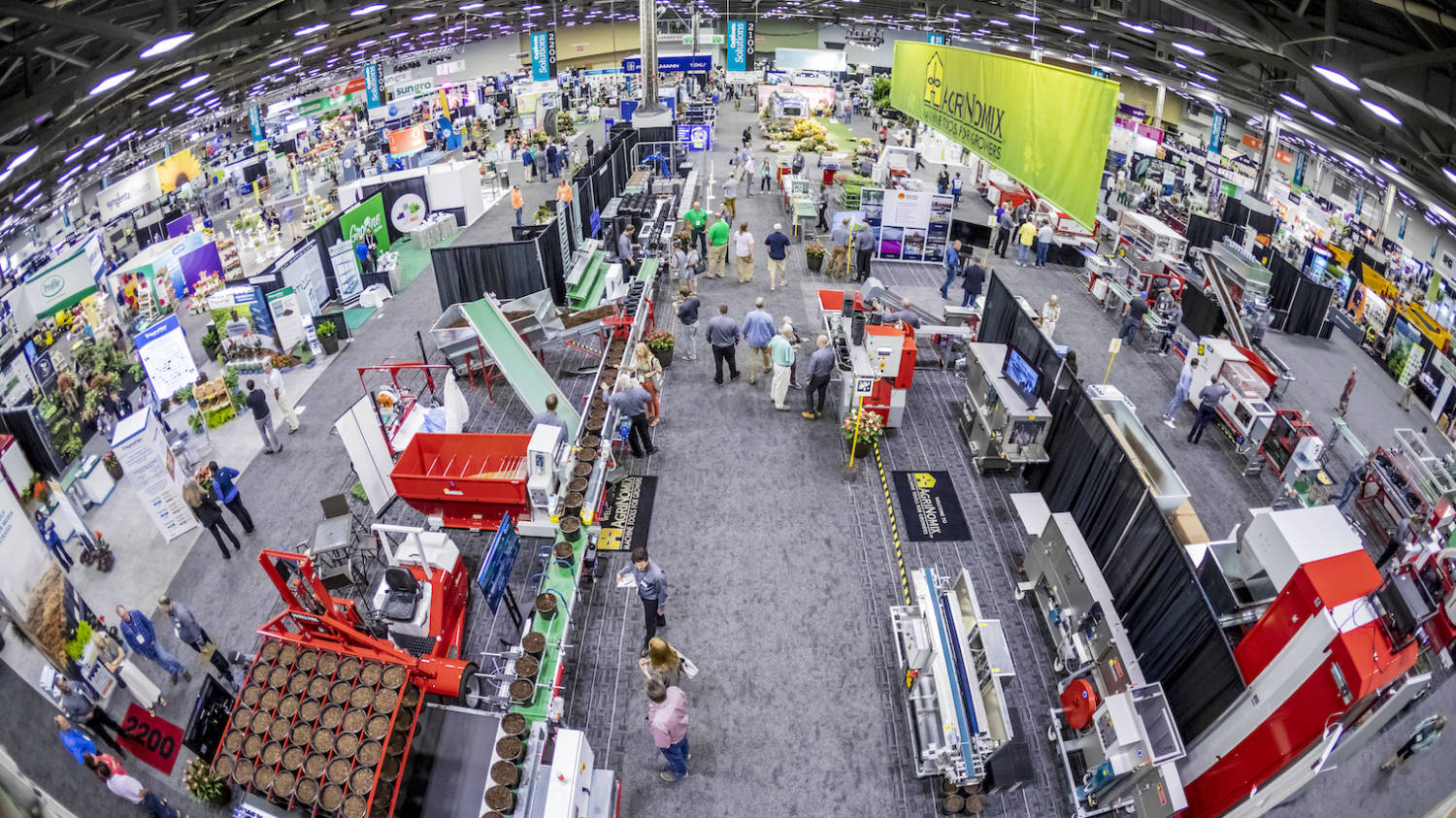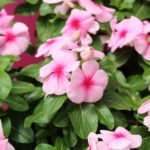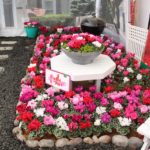
Technically speaking: Getting the most out of energy and shade curtains
Retractable energy and shade curtains offer potential advantages when producing crops inside greenhouses. In the summer, a curtain system can limit the greenhouse temperature rise by decreasing the solar load, which also decreases plant water use. Curtains can also decrease loss of heat, which is especially useful on cold nights, and increase light uniformity. However, these benefits are not fully realized when a curtain system is not well managed or maintained.
Curtains that primarily function to retain heat, which are known as energy or thermal curtains or screens, utilize a closed-weave material, meaning that air does not readily flow through them. Curtains whose primary function is to decrease sunlight usually have an open-weave construction so warm air is not trapped below them.
Most growers in the U.S. with curtain systems have one screen and need to prioritize energy retention or shading. In countries where fuel is relatively expensive, two or three interdependent curtain systems are often employed. While multiple screens are obviously more costly to install, they enable a more finely tuned environment and greater energy savings.
In temperate locations, curtain systems are positioned inside the glazing material to avoid problems with snow and provide an additional layer of insulation. Below are some considerations to successfully manage an internal and retractable one-layer greenhouse curtain system. Curtain deployment often depends on multiple parameters, such as solar light intensity, outside temperature and time.
SOLAR RADIATION
There are two primary reasons to use curtains based on solar light levels. The first is when propagating young plants, especially unrooted cuttings and tissue culture plantlets. From the time they are stuck until they have started to root and reacclimate, the photosynthetic photon flux density (PPFD) should generally not exceed 150 to 200 µmol∙m–2∙s–1 at crop level, depending on the species. Since peak propagation of garden plants is in the winter and spring, shade materials with 40% to 50% light transmission is suggested. A material that also scatters the light is recommended to create a more uniform light environment.
Ideally, light intensity should be measured by quantum sensors placed close to the plants, just like aspirated boxes that measure greenhouse temperature for environmental control systems. However, most environmental control systems measure light on a weather station outside of the greenhouse. Thus, growers need to determine how much sunlight reaches plants inside the greenhouse, which is variable and highly situational. When feasible, growers are encouraged to add quantum sensors inside greenhouse production areas.
Retractable curtains are also useful during high sunlight levels and high outdoor temperatures to mitigate the temperature rise inside a greenhouse, prevent excessive plant temperatures and limit plant water loss. In this situation, shade curtains should only be deployed when solar radiation inside the greenhouse is high (e.g., > 500 µmol∙m–2∙s–1) and the outside temperature is above the desired greenhouse setpoint. For this application, a slightly higher screen shading factor is typically used, for example 50% to 60%. Curtains with even higher shade factors are usually not recommended because the combination of high temperature and low light can lead to low-quality plants.
OUTSIDE TEMPERATURE
As noted above, deployment of curtains also depends on the temperature outside. To limit heat loss, curtains should close when it’s dark and cold outside. For example, when the outdoor temperature is moderately cooler (e.g., 10° F) than the greenhouse setpoint and when there is little or no light from the sun (e.g., <20 µmol∙m–2∙s–1), the curtain should be closed to save energy. Shade screens with an open-material design can still provide energy savings, just not to the extent as a closed energy screen.
Plant temperature is typically warmer below a closed curtain compared to plants exposed to a cold glazing material above, even at the same air temperature. This is especially true at night. Thus, during cold weather, cropping time can be shorter when grown under a well-utilized curtain system compared to one grown without a curtain.
When a well-maintained, closed weave curtain is deployed at night and it’s cold outside, the temperature above the curtain will likely be much colder than below. In this case, you may want to gradually open the curtain in the morning to prevent a temperature shock to the plants. When it’s extremely cold outside, it may be economical to delay opening of the curtain (especially with a closed energy screen) and keep temperatures cool to maximize energy savings.
TIME
Opening and closing of curtains should consider average light intensity over time, such as 15 to 20 minutes. This will help reduce frequent opening and closing of the curtains, which can decrease maintenance costs over the long term. Similar to supplemental lighting, you may also wish to have a deadband, meaning values where no action occurs. For example, a curtain in propagation may not be set to close unless solar light intensity averages more than 200 µmol∙m–2∙s–1 at plant level for 10 minutes, and then not open unless sunlight averages less than 150 µmol∙m–2∙s–1 for 10 minutes. Thus, an open/close deadband for light intensity of around 25%, and time integration (10 to 15 minutes) is suggested.
Effective setpoints for control of a retractable curtain depends on numerous factors, including the species grown, stage of growth, greenhouse glazing material, desired greenhouse temperature, humidity, solar radiation, type of energy/shade screen and outside temperature. Therefore, settings for one grower will likely differ from that of another grower. In many cases, curtains should be set to open fully or close fully. A partially open curtain decreases light uniformity, which creates variability in plant growth and water use.









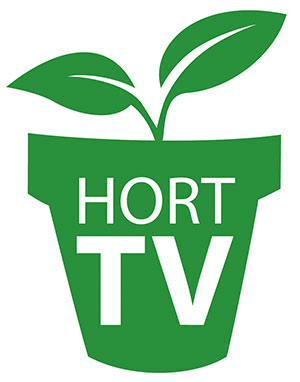 Video Library
Video Library 